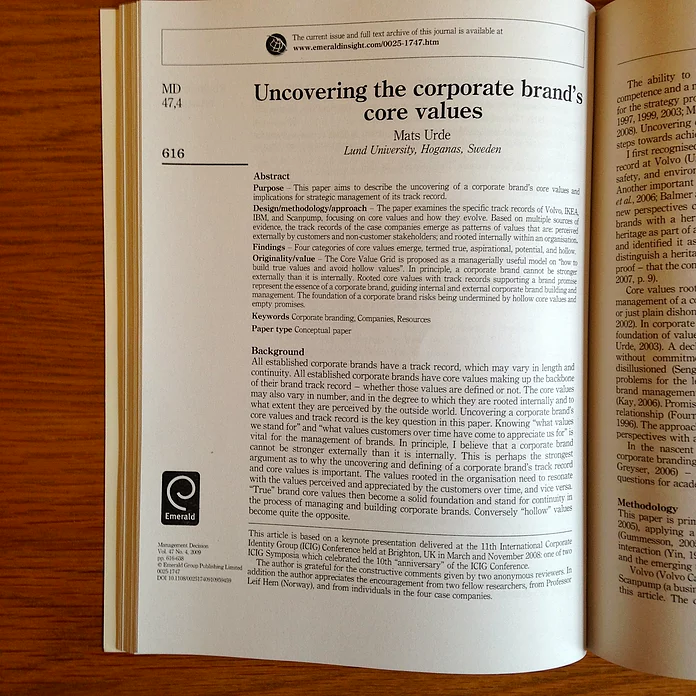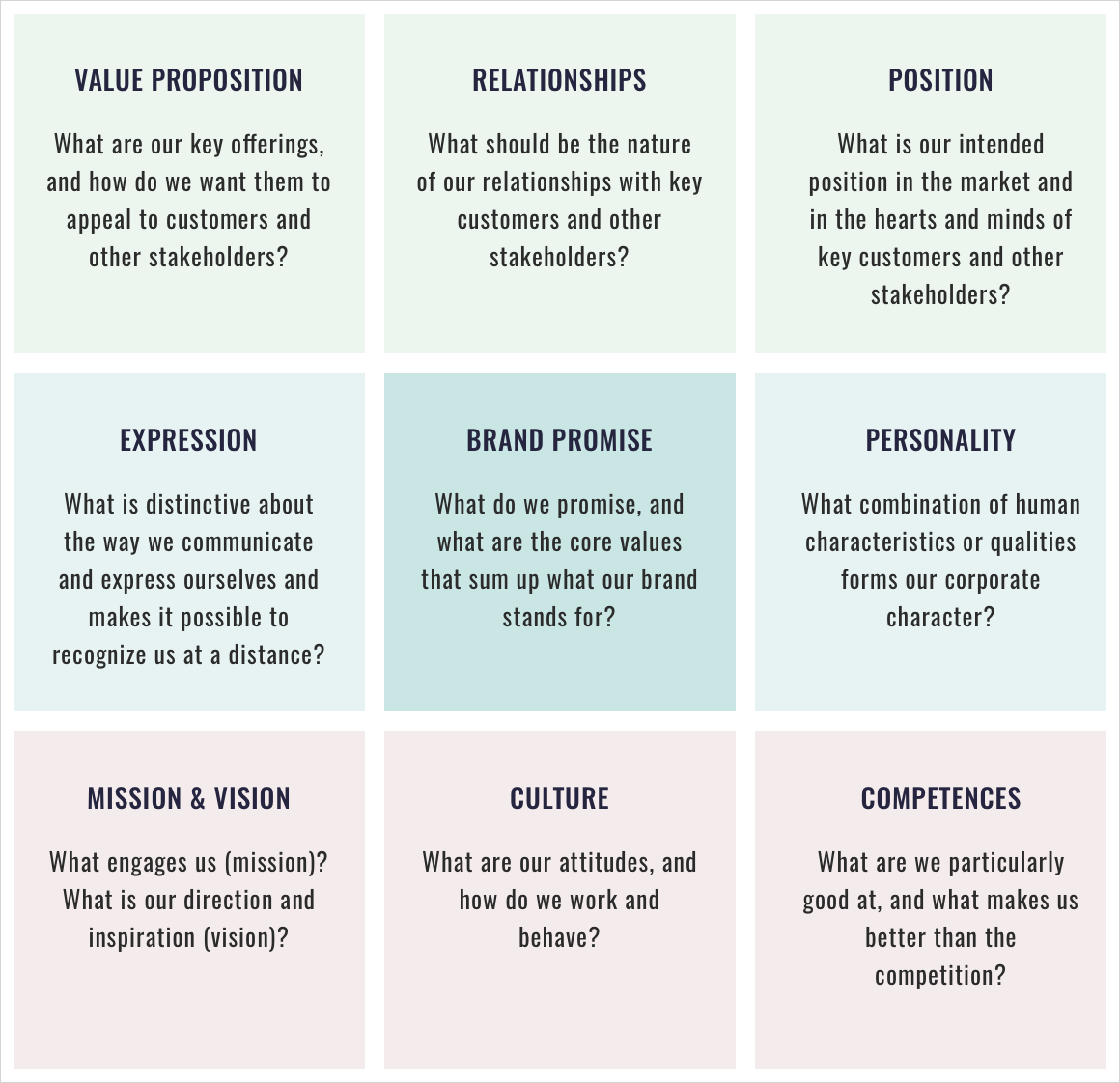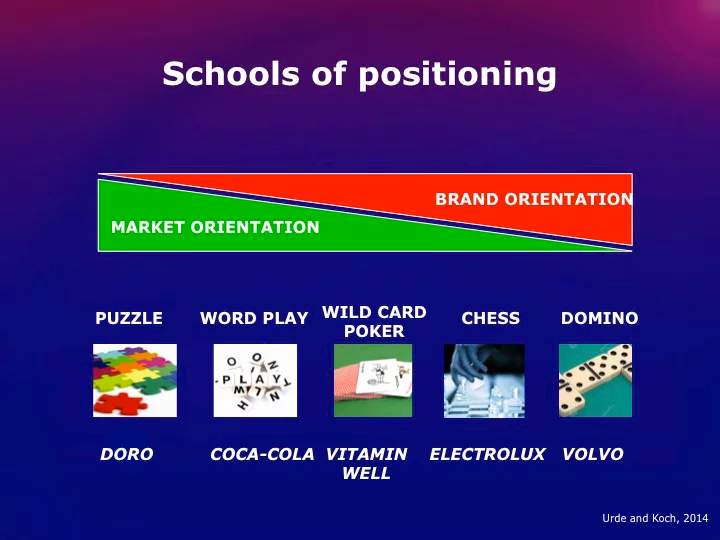RESEARCH
BRAND ORIENTATION
Brand orientation is as a new approach to brands that focuses on brands as resources and strategic hubs. Specially, “Brand orientation is an approach in which the process of the organization revolve around the creation, development, and protection of brand identity in an ongoing interaction with target customers and stakeholders with the aim of achieving lasting competitive advantages in the form of brands” (Urde, 1999). This orientation is relevant for describing companies (and organizations or institutions) that strive not only to satisfy needs and wants, but also to lend a strategic significance to brands. The brand is a strategic platform.
The discussion about market orientation and brand orientation is in essence concerned with a company’s or organization’s approach to brands and the market. Is it the brand identity or the brand image that serves as a guiding light? Should a company’s management primarily take the outside-in perspective or the inside-out perspective when guiding their brands? Or should they select a brand approach that is a combination of these two perspectives? How can management square the general principle that the customer is king with the specific belief that our brands are our greatest assets?











